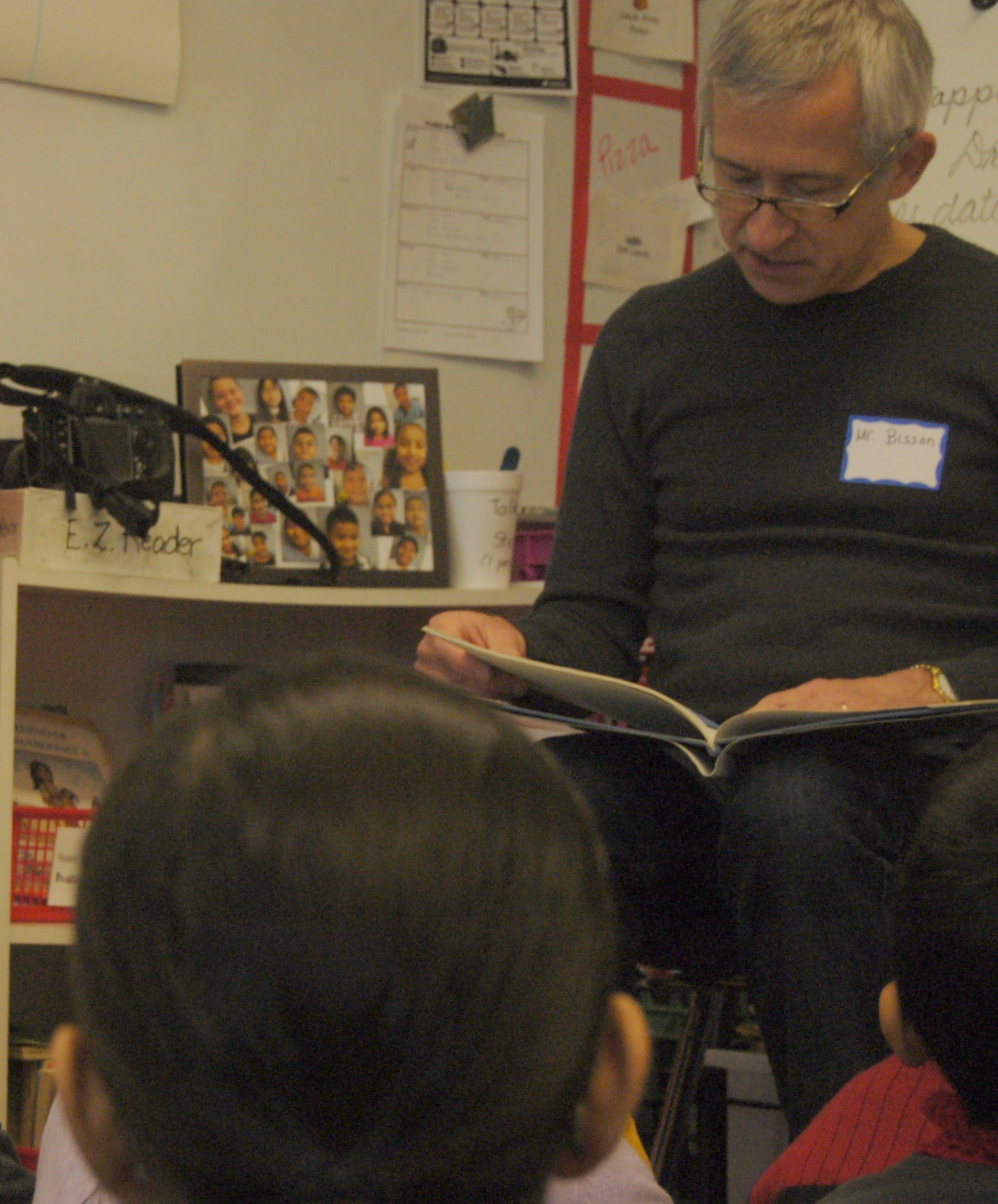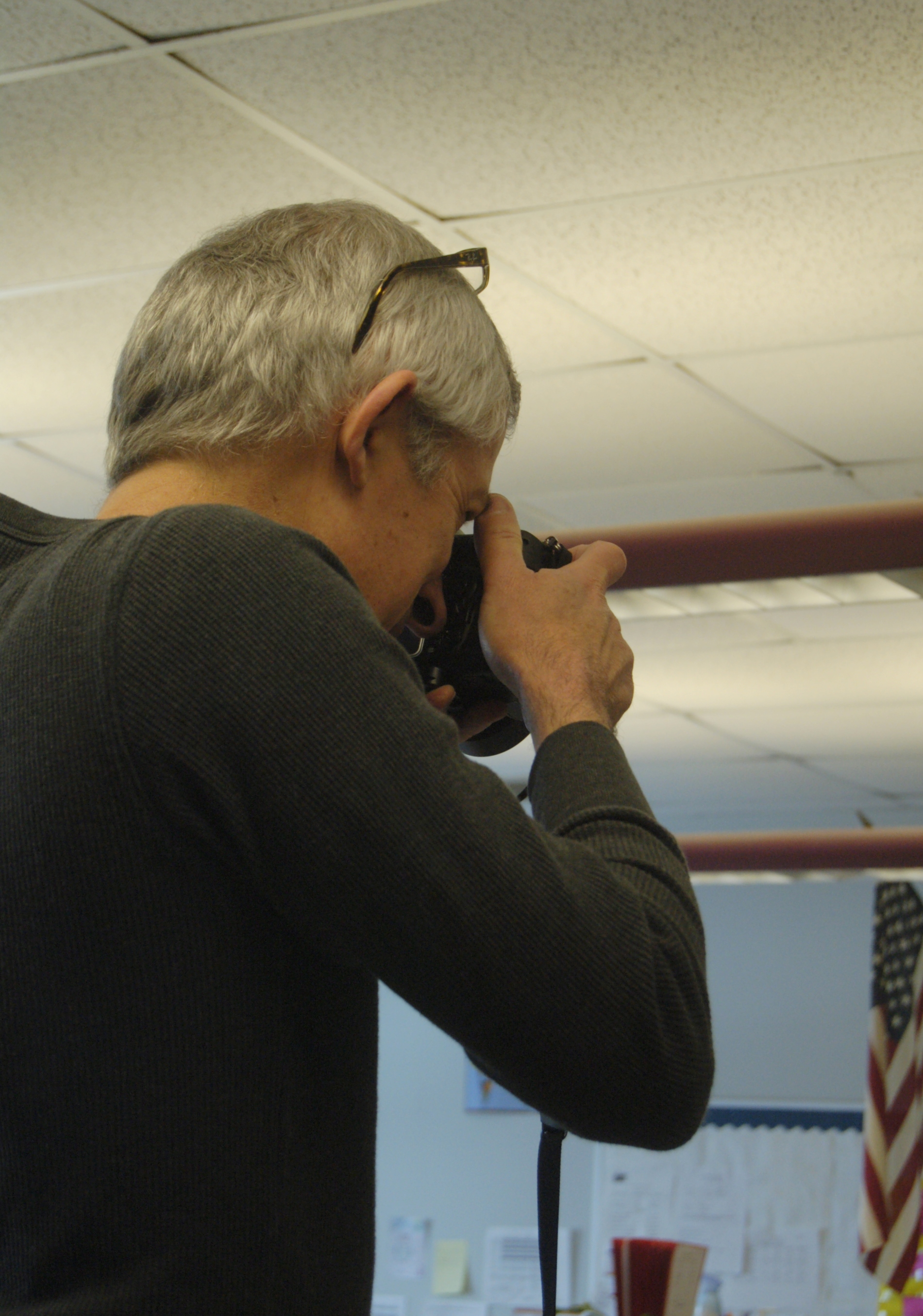What Is It That You Do Again?
Teaching is simultaneously instilling in a child the belief that she can accomplish anything she wants while admonishing her for producing shoddy work.
As I read these words in a blogpost by Dennis Hong, the hair on the back of my neck stood up. Here in less than 25 words is what we do every day, every year in our classrooms regardless of grade level.This week, I found these words to be of a particular truth. There are many stories of perseverance and of failure in every classroom of an urban school such as the one in which I work. One child may flourish despite the traumatic challenges in his life, while another cannot function.My challenge - the one I take most seriously - is to lift the curtain so that kids can see it doesn't have to be. That yes indeed, they can graduate high school - some days it is indeed just that basic.In my white, middle-class upbringing, it was always assumed each of us would go to college and go on to a career. We would make our contributions to society. There was not doubt in anyone's mind that we were going to do this regardless of any obstacles. I have had third grade students tell me they weren't sure finishing high school was something they cared about. How sad is it that a child in this day feels that a high school diploma is OPTIONAL? That, to me is unacceptable thinking. So yes indeed, for me teaching is about instilling not only the belief that a student can accomplish anything she wants, but also to show that there are many possibilities.Shoddy work. I catch myself on this often. Giving kids a bye on quality work is not doing anyone a favor. Education - and homework - is frequently not a priority for some families, and while I understand why, I feel a need to redirect children - without denigrating parents - to make it one. Tricky? Sure. Worth it? Definitely.To be a teacher is a series of what seem to be contradictions. In Teach Like a Champion, Doug Lemov says
Teachers must be both: caring, funny, warm, concerned, and nurturing – and strict, by the book, relentless, and sometimes inflexible. Teachers send the message to students that having high expectations is part of caring for and respecting someone.
Isn't that the truth?


 Lots of schools mark Dr. Seuss' birthday with Read Across America celebrations. Even though it was low key, we did too!Our special visitor and guest reader was my husband, Adrien. We dug up a book that loosely connects to his career as a photographer, Snowflake Bentley. Bentley was an avid
Lots of schools mark Dr. Seuss' birthday with Read Across America celebrations. Even though it was low key, we did too!Our special visitor and guest reader was my husband, Adrien. We dug up a book that loosely connects to his career as a photographer, Snowflake Bentley. Bentley was an avid 